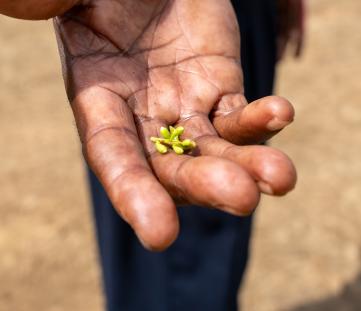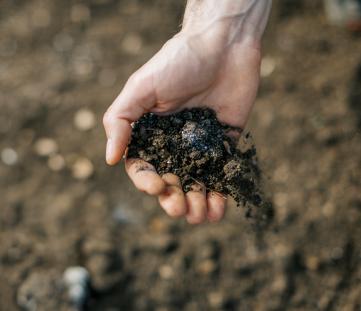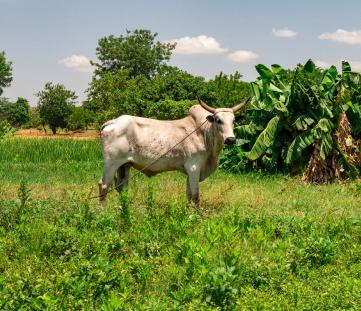ID: G77-8DM4
ID: G77-8DM4
Sycomore fig
Ficus sycomorus
Photo
Tanzania
07:04 - 13°C
My connections
My ID card
Who am I?
Date of birth
09/04/2023
Name
Sycomore fig
Tree
Sycomore fig
Where am I located?
Country
Tanzania
Place of birth
Arusha
Coordinates
3° 14′ 48.28″ S
36° 34′ 25.44″ E
/36.57373348,-3.246744,0/500x333@2x?access_token=pk.eyJ1IjoidG9tbWFzb3NwZXJvbmkiLCJhIjoiY2tnOTE3eW12MDJqazMybXNzOWV1YjloOSJ9.wtGsuDU7XIKjcv2cq8CiXw&logo=false&attribution=false)
My Timeline
The important moments in your tree's life.
Seed
It all starts with a tiny seed, nice and warm in the soil.
Nursery
Your seedling is big enough to be welcomed into one of our nurseries, along with many others.
Planted
We’re here! Your tree has reached its new home: it’s been planted by a smallholder, who’ll take care of it for years to come.
Photo
Strike a pose! Now that it’s big enough, here’s a photo of your tree!
My Gallery
Nursery

Planted
/36.57373348,-3.246744,0/500x333@2x?access_token=pk.eyJ1IjoidG9tbWFzb3NwZXJvbmkiLCJhIjoiY2tnOTE3eW12MDJqazMybXNzOWV1YjloOSJ9.wtGsuDU7XIKjcv2cq8CiXw&logo=false&attribution=false)
36° 34′ 25.44″ E
Photo

Curiosity about me
The important moments in your tree's life.
Let's start with introductions
The Sycomore fig is a semi-green deciduous tree which belongs to the family of "Moraceae", widespread in the eastern Mediterranean region and in Africa. With its extended crown and its trunk, which can grow up to two metres thick, it is an impressive landmark in the landscape. Unlike other fig species, the fruits grow in bunches along short branches on the trunk. With a diameter of 5 cm, they are quite large and yellowish-red when ripe. This tree is not only planted for its fruit. Due to its size, it also provides excellent shade for other species.
Meaning
Heavenly
This type of fig was worshipped in ancient Egypt and was considered a manifestation of the goddess Nut – the sky goddess.

How much CO2 I’ll absorb
My estimated CO2 absorption capacity is based on the first 10 years of my life*
Current absorption
- 25 kg
2023
0 kg
2033
-250 kg
* The tree will continue to absorb CO2 even after the tenth year. Therefore this is a prudent estimate.
How I am useful to local communities

Medicine
Its leaves, roots, bark and/or fruits are used in traditional medicine.

Consumption and sales
Its fruits, seeds and/or leaves are used as food in the farmers' families or are sold on local markets.

Soil
It improves the quality of the soil thanks to the nitrogen fixation process or it reduces soil erosion, thanks to its extended root system.

Livestock
Its leaves, either fresh or dried-out, are used as food for livestock.
My benefits
70%
Food Security
The trees will bear fruits, some that will be edible immediately and others that can become edible through processing, ensuring food resources over time.
40%
Economic development
The trees' fruits and the products derived from their transformation can be traded in local networks, offering income opportunities.
40%
CO₂ Absorption
During its life cycle, each tree will offset CO₂. The trees that you plant can offset your emissions.
50%
Environmental protection
The trees are planted in agroforestry systems that favor the virtuous interaction between the different species and their positive impact on the environment and on the land.